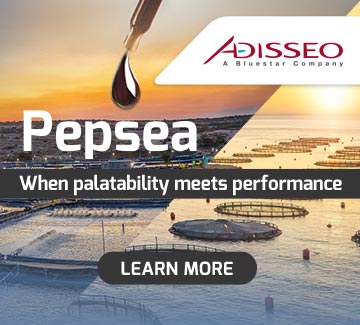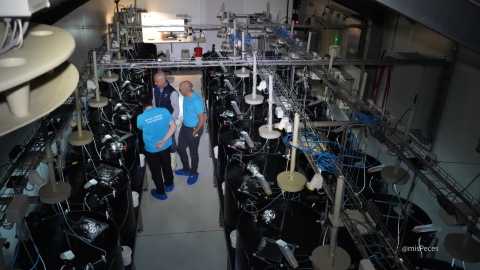
Ankylosis, lordosis, kyphosis, and kypholordosis are four skeletal deformities that significantly impact the morphology of the gilthead sea bream (Sparus aurata). Each condition has a distinct impact on the life and viability of these fish within an aquaculture environment.
Ankylosis is characterised by the abnormal fusion of vertebrae, which can lead to spinal stiffness. This condition adversely affects the fish’s flexibility and mobility, impacting its swimming ability and, consequently, its survival and effectiveness.
Lordosis involves and inward curvature of the spine resulting in a ventral concavity, which alters the normal distribution of forces along the spine and can affect the fish’s swimming posture. This deformity is particularly troublesome as it can lead to stunted growth and increased susceptibility to other diseases or injuries.
On the other hand, kyphosis, an outward curvature of the spine, restricts the mechanical function of the spine, affecting the fish’s ability to make efficient and rapid movements.
Kypholordosis combines elements of both kyphosis and lordosis, displaying both convex and concave curvatures in the vertebral column. This mixture complicates the skeleton’s structure and functionality, resulting in a “S” or zigzag shape that can significantly compromise the fish’s swimming ability and general well-being, impacting its growth and viability.
These deformities typically develop during the larval and juvenile stages, which are critical for skeletal development. The effects of these deformities are long-lasting and have significant implications for both the health and welfare of the fish and the economics of aquaculture operations, as affected fish often have a lower commercial value and require additional care.
Managing water quality, ensuring proper nutrition, carefully managing genetis, and maintaining good management practices to minimise the incidence of these deformities are crucial for the profitability of the activity. Therefore, considering the individual causes of each deformity can be key to preventing and improving management in aquaculture farms, which in turn ensures the sustainability and efficiency of these important operations.


